How to Remove a Locked Door Knob from the Outside
Finding yourself locked out due to a jammed or faulty door knob can be incredibly frustrating, especially when you don’t have immediate access to the right tools or professional help. Whether it's a bedroom, bathroom, or any other interior door, this common household issue can disrupt your day and cause unnecessary stress. Fortunately, you don’t have to be a locksmith to solve this problem. With a few simple tools and a clear, step-by-step guide, you can regain access quickly and efficiently. This article will walk you through the process of removing a locked door knob from the outside, ensuring you’re never left locked out for long!
Read more about 5 easy steps for mortise lock replacement!
Understanding the Locked Door Knob
Locked door knobs are a common part of our homes, used to secure rooms like bedrooms, bathrooms, and home offices. However, when these knobs malfunction or you lose the key, it can turn into a real headache. Understanding the mechanics of a door knob is the first step in solving the problem. Typically, these knobs have a locking mechanism inside that can be engaged from one side, either with a key or a push-button. When you're on the outside and can't get in, it can feel incredibly frustrating and inconvenient.
If you're stuck wondering how to remove a locked door knob from the outside, you're not alone. This situation can disrupt your day, especially if it happens at an inconvenient time. The good news is that with some basic tools and a little patience, you can handle this issue yourself. This guide will help you understand the type of knob you're dealing with and provide clear, straightforward steps to remove it, so you can get back to your day without unnecessary stress.
Tools Required for Removal
Before you start the process of removing a locked door knob from the outside, it's essential to gather the right tools. Having these tools on hand will make the job easier and help you avoid frustration.
- Phillips Screwdriver: This is crucial for removing screws from the door knob and faceplate. Most door knobs use Phillips screws, so this tool will be used frequently.
- Flathead Screwdriver: A flathead screwdriver is useful for prying off the cover plate and accessing hidden latches. It's also handy for screws that don't fit the Phillips screwdriver.
- Paper Clip or Bobby Pin: These small, thin tools are perfect for pressing the release latch found in some door knobs. They can help you access the internal mechanism without causing damage.
- Pliers: Pliers are necessary for gripping and turning the lever or shaft, especially if the knob is stuck or broken. They provide the leverage needed to manipulate the internal components.
Read more about Guide to lock snapping and how to prevent it!
Removing Doorknobs without Screws
Removing a locked door knob from the outside can be tricky, especially when there are no visible screws. However, many modern door knobs are designed with hidden latches or release mechanisms. Here's how to tackle this issue step-by-step.
Identify the Type of Knob: Begin by examining the door knob to locate any hidden latches or release mechanisms. Look for a small slot or pinhole, usually located on the side of the knob's collar.
Gather Your Tools: You'll need a flathead screwdriver, a paper clip, or a bobby pin. These tools are essential for accessing and manipulating the hidden latch.
Hold Down the Secret Latch: Insert the flathead screwdriver into the thin slot or use the paper clip/bobby pin for the pinhole. Apply firm pressure to release the latch, which is a safety feature designed to prevent accidental removal.
Remove the Knob: While holding down the latch, gently pull on the knob. It might require a bit of twisting and wiggling to come loose. Be patient and apply steady pressure. The knob should slide off, exposing the spindle and the internal mechanism.
Access the Lever or Shaft: With the knob removed, you might still need to turn the lever or shaft to unlock the door. Use pliers to grip the lever or shaft firmly, then rotate it clockwise. This should disengage the lock and allow the door to open.
Removing Doorknobs with Visible Screws
If your locked door knob has visible screws, the removal process becomes simpler. Here's how to proceed:
Identify the Knob Type: Ensure that your door knob has visible screws. Examine the knob and look for screws on the escutcheon plate or around the base of the knob.
Prepare Your Tools: You'll need a Phillips screwdriver for this task. Make sure it's the right size for the screws on your door knob.
Unscrew the Visible Screws: Use the Phillips screwdriver to remove the screws from the escutcheon plate or the base of the knob. Set the screws aside in a safe place for reassembly later.
Remove the Knob: Once the screws are removed, you should be able to pull the knob off the door. In some cases, you may need to use a flathead screwdriver to gently pry off the escutcheon plate.
Check for Hidden Screws: After removing the knob, double-check for any hidden screws that may be holding the lock in place. If you find any, unscrew them using the appropriate screwdriver.
Test the Door: Once the knob is removed, test the door to ensure it opens and closes smoothly. If everything looks good, you've successfully removed the locked door knob.
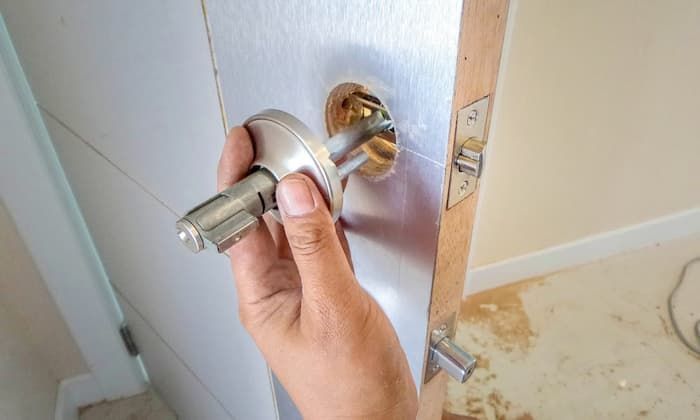
Removing the Complete Lock Assembly
After removing the door knob, you may need to take further steps to remove the complete lock assembly. Here's how to proceed:
Importance of Removing the Entire Lock Assembly: To ensure thorough removal and facilitate repair or replacement, it's essential to remove the entire lock assembly.
Remove the Faceplate: After removing both knobs, locate the faceplate, usually on the edge of the door. Wedge a flathead screwdriver under the rear of the faceplate and apply gentle pressure to loosen it. Once loosened, remove the faceplate by hand.
Remove Screws from the Knob: With the faceplate removed, you'll see screws inside the knob securing the lock to the door. Use a screwdriver to remove these screws. As you remove them, the lock will loosen, allowing you to pull it out from the door.
Remove the Bolt and Strike Plate: The bolt is a metal piece that extends through the door into the strike plate, securing the door. If the bolt doesn't loosen on its own, use a screwdriver to unscrew it. The strike plate, located on the door frame opposite the bolt, should also be removed using a screwdriver.
Test the Door: After removing the complete lock assembly, test the door to ensure it opens and closes smoothly. If everything checks out, you've successfully removed the locked door knob and its assembly.
Conclusion
In conclusion, knowing how to remove a locked door knob from the outside is a valuable skill that can save you time, money, and frustration. Whether you're dealing with a knob without visible screws or one with a more straightforward removal process, the key is to approach the task methodically and patiently.
Throughout this guide, we've covered various scenarios and provided step-by-step instructions to help you navigate each situation with ease. From identifying the type of knob to gathering the right tools and executing the removal process, we've aimed to equip you with the knowledge and confidence to tackle this common household problem.
If you find yourself facing a locked door knob in the future, remember the techniques outlined here. And if you encounter any difficulties or uncertainties, don't hesitate to seek professional assistance.
By following the advice in this guide, you can regain access to your space quickly and efficiently, without causing unnecessary damage to your door or lock. Thank you for reading, and best of luck with your future door knob removal endeavors!
Call Us Any Time!

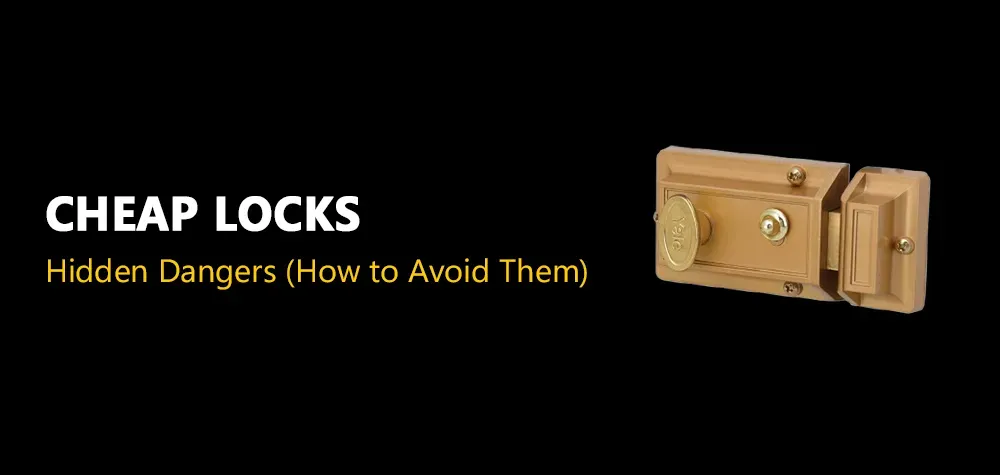
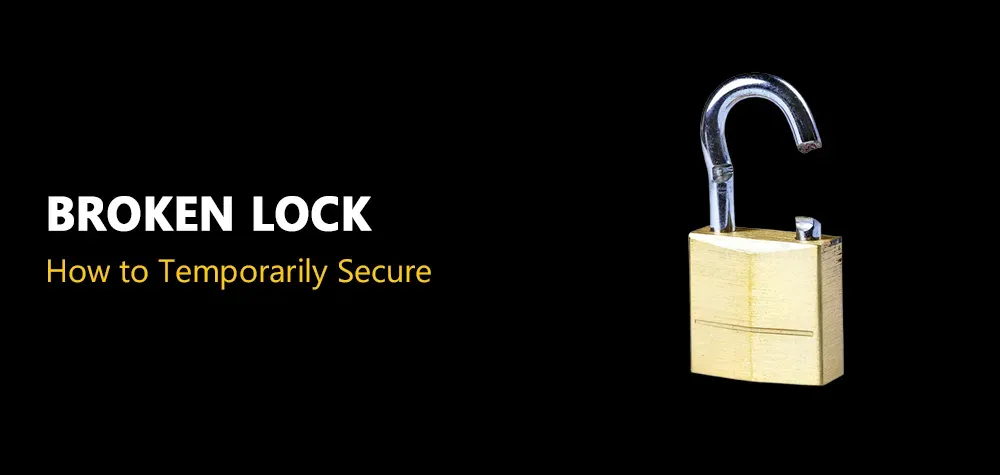
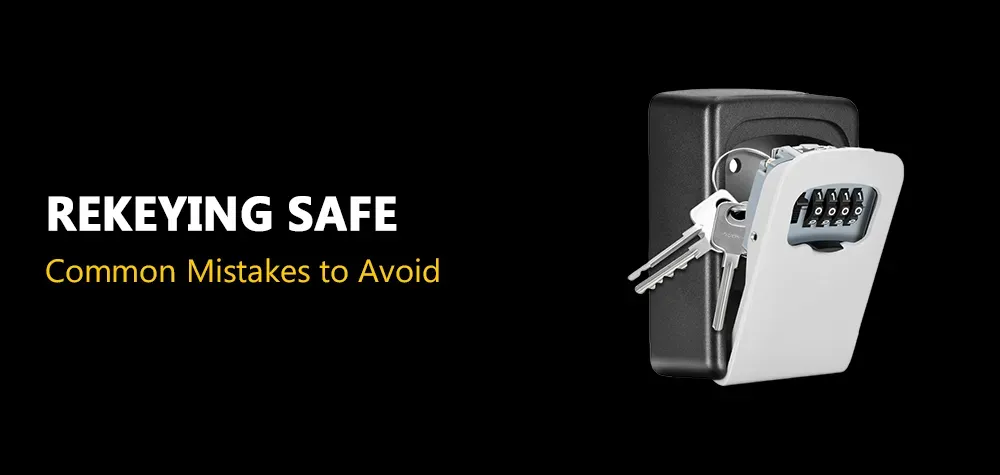

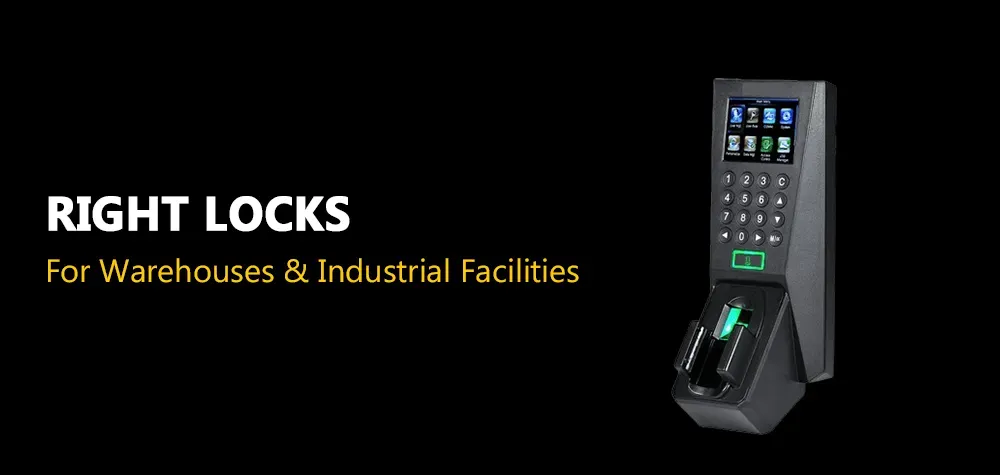
BROTHERS LOCKSMITH
All Rights Reserved | brothers-locksmith.com
Privacy Policy



